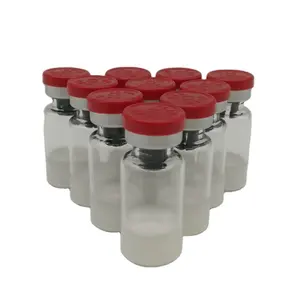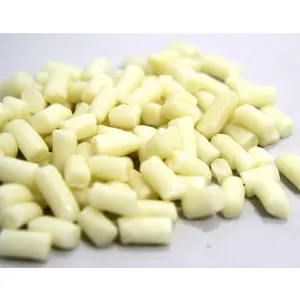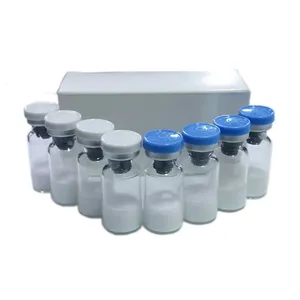Popular in your industry




















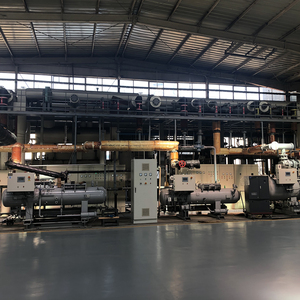




























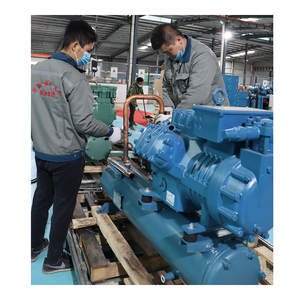







Related Searches:



















































































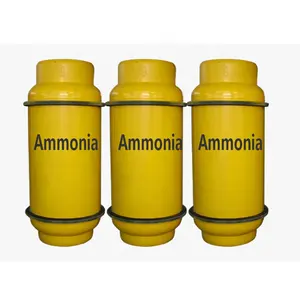





























































Top categories
About refrigerant ammonia
Understanding Refrigerant Ammonia
Refrigerant ammonia, a critical component in cooling systems, is widely recognized for its efficiency in various applications. This substance, primarily composed of nitrogen and hydrogen, is essential in the operation of air conditioning systems, including multi-split, light central, and commercial air conditioning. Its versatility extends to industrial refrigeration, showcasing its broad utility in temperature control scenarios.
Types and Grades of Refrigerant Ammonia
The market offers refrigerant ammonia in several grades to meet diverse industry requirements. These include reagent grade for scientific research, agriculture grade for farming applications, food grade for food preservation, industrial grade for large-scale refrigeration, and medicine grade for pharmaceutical use. Each grade ensures that the refrigerant ammonia aligns with the specific purity and safety standards of its intended application.
Applications and Features
The applications of refrigerant ammonia are extensive. It serves as an industrial refrigerant due to its high energy efficiency and low environmental impact. In domestic settings, it provides cooling for refrigeration units. Beyond its primary use, refrigerant ammonia is utilized in the production of pesticides, dyes, and other chemicals. Its role as a solvent and a component in fuel production further underscores its industrial significance.
Chemical and Physical Properties
Understanding the chemical and physical properties of refrigerant ammonia is crucial for its safe and effective use. Properties such as molecular formula, molecular mass, boiling point, critical density, and critical pressure are meticulously listed, allowing buyers to select a product that meets their specific needs. These details are crucial for ensuring compatibility with existing systems and for maintaining safety standards.
Safety and Environmental Considerations
Safety is paramount when handling refrigerant ammonia. It is essential to consider its non-flammable and low toxicity characteristics, although precautions should always be taken to mitigate inhalation hazards. Environmentally, refrigerant ammonia is a preferred choice due to its minimal impact on the ozone layer and low global warming potential, aligning with eco-friendly practices.
Packaging and Usage
Refrigerant ammonia is available in various packaging options to suit different operational scales and requirements. Options range from disposable, non-refillable containers to refillable cylinders, catering to both small-scale and large-scale needs. Its use extends to enhancing air quality by eliminating unpleasant odors, contributing to a more comfortable environment in vehicles and indoor spaces.
Refrigerant ammonia